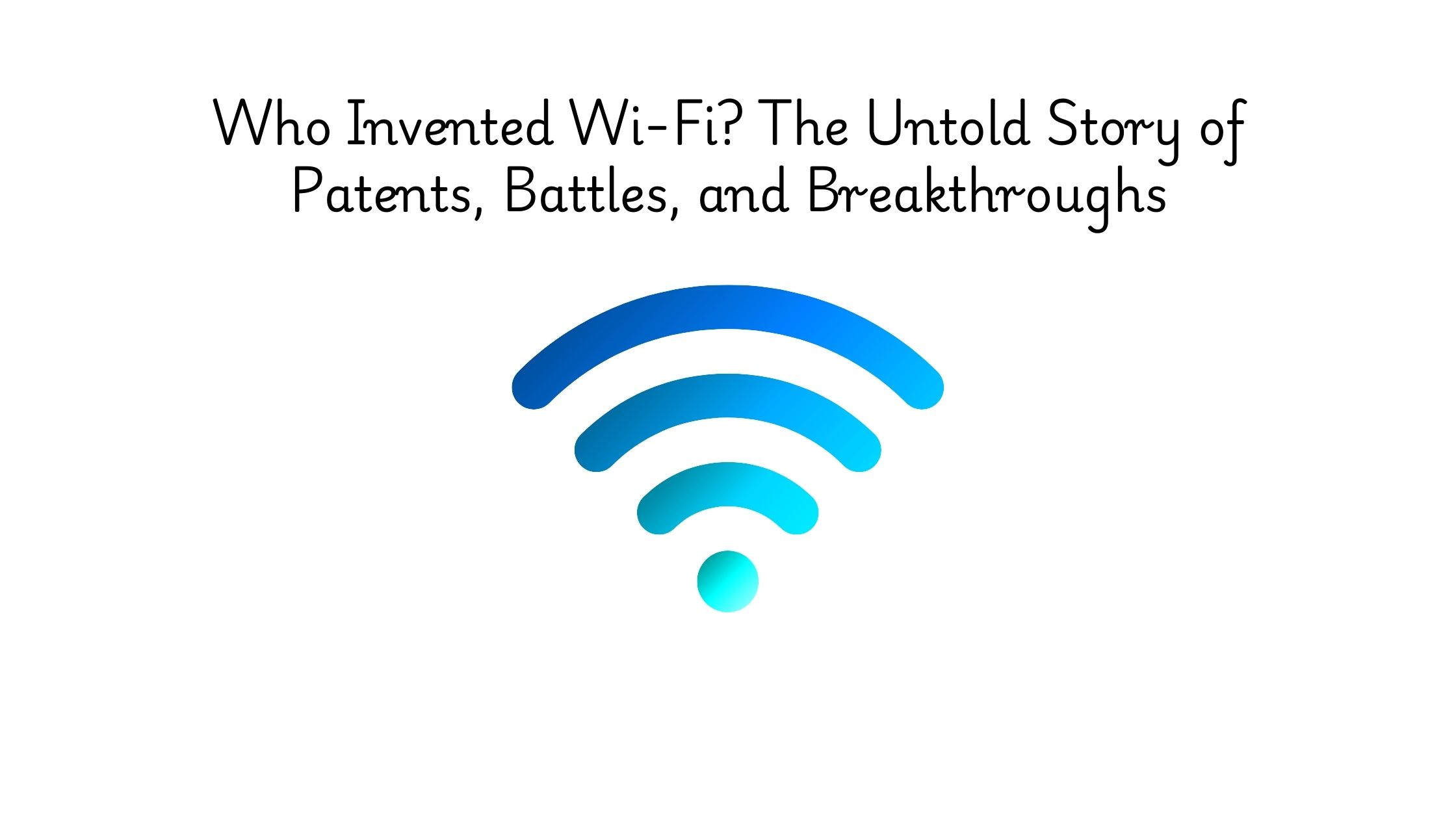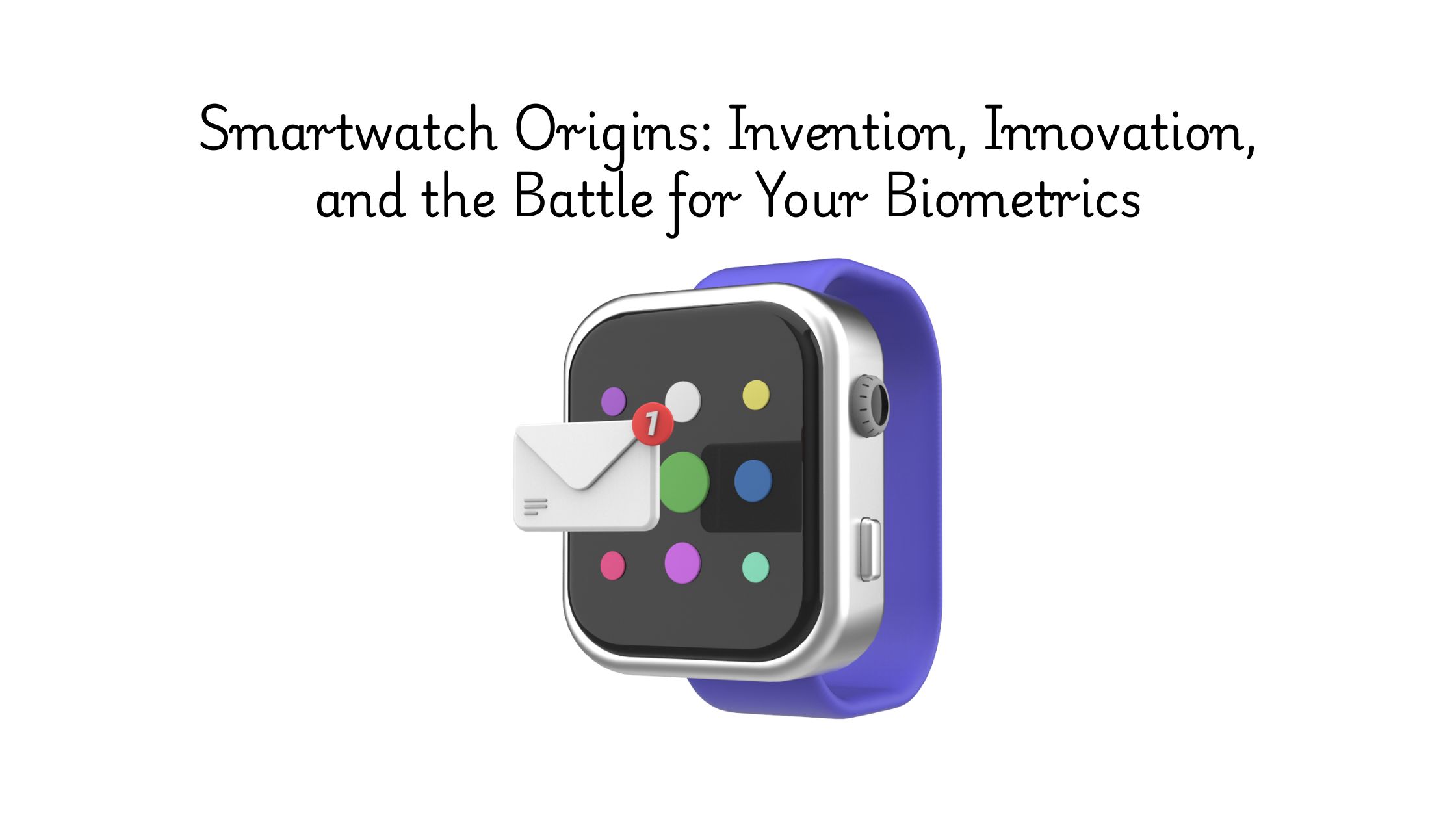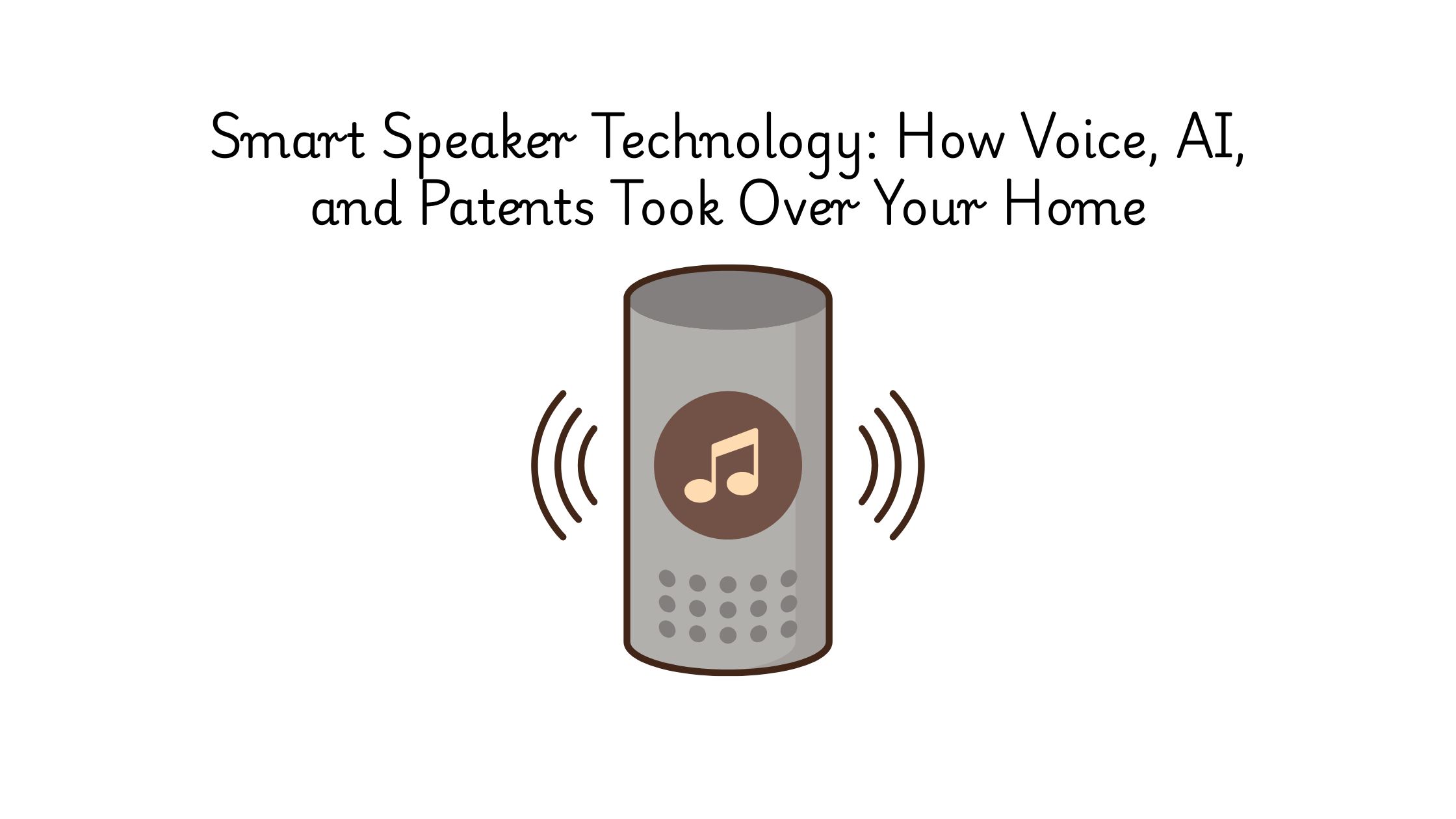The patent at the heart of a sprawling litigation campaign by Linfo IP, LLC is US9430131B1, which is now asserted in at least 10 active cases and 96 inactive ones. Diverse companies are currently facing infringement claims linked to this patent.
So, what does US9430131B1 actually cover? In simple terms, it relates to a system and method for tracking and managing product and user data across multiple websites, particularly within the context of e-commerce.The core idea revolves around creating a shared data environment that persists even when users move between different brand sites or platforms.
Its widespread applicability in digital marketing, analytics, and multi-site commerce has made it a prime target for litigation, especially against companies with sophisticated online ecosystems.
To explore other related patents and examine how they intersect with US9430131B1, the Global Patent Search (GPS) tool offers a fast and structured way to identify overlapping technologies and understand competitive risks, using the patent number as your entry point.
Let’s now break down what this patent protects and why it’s central to the ongoing legal actions.
Understanding Patent US9430131B1
US9430131B1, titled “System, Methods, and User Interface for Organizing Unstructured Data Objects”, focuses on tackling the modern challenge of information overload. The patent discloses a system and method for analyzing and organizing unstructured digital data, such as files, folders, contacts, emails, and messages, by determining their relevance or importance to a specific user. This is achieved by assigning “importance measures” based on metadata and content attributes like keywords, semantic context, and user-defined preferences. The goal is to sort and display data intelligently, making it easier for users to find what truly matters.
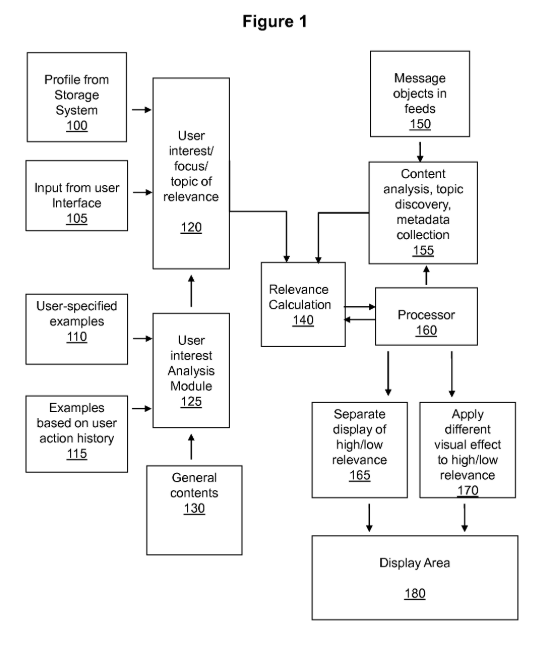
Source: US9430131B1
Its four key features are:
#1. Assigning importance to data objects: Each file, message, or contact is ranked using an “importance value” based on content or metadata.
#2. User-specified relevance criteria: Users can directly indicate which keywords or objects are relevant and assign custom weights to them.
#3. Visual segregation based on relevance: More relevant items are displayed using distinct visual formats (larger fonts, colors, and layout areas) for easy prioritization.
#4. Automated organization of digital items: The system can automatically sort, label, and place objects into folders or groups based on assigned relevance scores.
This patent is central to Linfo IP, LLC’s litigation strategy because its technology broadly applies to any system that processes user data or delivers personalized content. From e-commerce platforms to productivity tools and social media interfaces, many modern services implement features for content sorting, prioritization, and relevance filtering, making them potential targets for infringement claims.
Related Patent References for US9430131B1
#1. WO2010022094A1
This patent, filed on August 18, 2009, describes a system for prioritizing and presenting multimedia content to a user based on mood detection and preference modeling. The system enables ranking and displaying content items, such as TV shows and networks, using a personalization engine that adjusts content visibility according to mood-based relevance.
Why this qualifies as a Related Patent:
- Presents digital items using a relevance-based display model – Describes displaying ranked media items according to user mood.
- Implements prioritization logic driven by user input – Rankings are based on mood preferences specified by the user.
- Applies UI-level content reordering – The mood-based engine influences item visibility and order in the interface.
- Uses ranking factors akin to importance values – Although not numerically defined, user moods effectively act as weight inputs.
Which features of US9430131B1 are disclosed by WO2010022094A1?
| Key Feature of Claim 1 | Disclosure Status |
| The invention is a computer-implemented method for presenting information. | Partially Disclosed |
| The method obtains multiple electronic objects. | Partially Disclosed |
| The method determines object positioning in the UI directly from the importance value. | Partially Disclosed |
| The method receives an importance value for at least one electronic object. | Partially Disclosed |
| A user enters the importance value. | Partially Disclosed |
| The method determines object positioning in the UI directly from the importance value. | Partially Disclosed |
| The method places the objects in the determined positions. | Partially Disclosed |
Key Excerpt from WO2010022094A1:
“In operation, the host server 100 facilitates content preferences and personalization based upon, for example, the moods of users of the client devices 102. The host server 100 can prioritize, select, and present media content items based on these preferences… presented using various visual formats such as content tiles or selection clouds.”
#2. US20120088561A1
This patent, filed on October 8, 2010, describes systems and methods for scoring user familiarity with presented items. The invention includes a game-like interface where users select a topic, view related items, and assign preference scores or rankings.
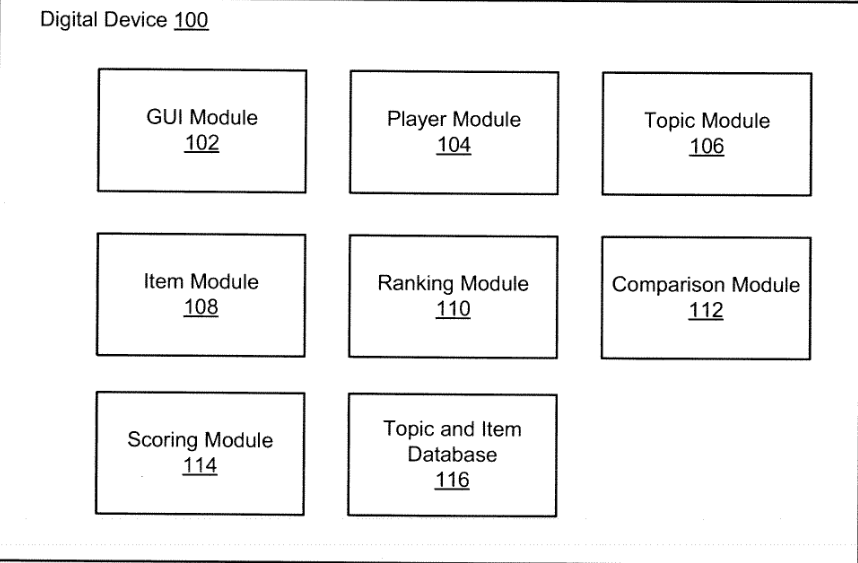
Source: US20120088561A1
Why this qualifies as a Related Patent:
- Implements a computer-based method for relevance scoring – Items are displayed and scored via a digital interface.
- Enables user-input ranking of items – Users assign subjective scores or preferences to information objects.
- Presents selectable items in a UI environment – Visual presentation of options matches the UI-focused organization of US9430131B1.
- Captures user-defined importance values – Rankings serve as a proxy for importance input from the user.
Which features of US9430131B1 are disclosed by US20120088561A1?
| Key Feature of Claim 1 | Disclosure Status |
| The invention is a computer-implemented method for presenting information. | Fully Disclosed |
| The method obtains multiple electronic objects. | Fully Disclosed |
| A user enters the importance value. | Fully Disclosed |
| The method receives an importance value for at least one electronic object. | Partially Disclosed |
| A user enters the importance value. | Fully Disclosed |
Key Excerpt from US20120088561A1:
“In various embodiments, the GUI module 102 displays a variety of different items and the first player may select each item to be ranked. For example, the first player may drag and drop each item to a location in a list according to their familiarity or preference.”
#3. US20140025690A1
This patent, filed on September 25, 2013, describes a system for ranking and presenting content items based on user feedback. Users submit opinions or ratings on content such as documents, images, or videos, which are then used to influence presentation order. The system aggregates these inputs to assign importance scores and rank content accordingly.
Why this qualifies as a Related Patent:
- Receives user input to rank digital content – Users provide feedback interpreted as content importance.
- Supports importance-based content scoring – Aggregates user input to generate relevance rankings.
- Presents ranked content in a display environment – Prioritized items are shown based on ranking logic.
- Captures user-assigned values for ranking – The System allows direct user input to shape display outcomes.
Which features of US9430131B1 are disclosed by US20140025690A1?
| Key Feature of Claim 1 | Disclosure Status |
| The invention is a computer-implemented method for presenting information. | Fully Disclosed |
| The method obtains multiple electronic objects. | Partially Disclosed |
| The method displays the electronic objects, their names, or icons in a user interface | Partially Disclosed |
| The method displays the electronic objects, their names, or icons in a user interface. | Fully Disclosed |
| The importance value can be a direct numerical entry, a number transformed from text, or a number transformed from a UI selection. | Fully Disclosed |
| The method determines object positioning in the UI directly from the importance value. | Partially Disclosed |
| The method determines object positioning in the UI directly from the importance value | Partially Disclosed |
Key Excerpt from US20140025690A1:
“A user input is received from each of one or more users indicating the user’s opinion with respect to a content item included in a plurality of content items. Based at least in part on a value of the user input, a ranking for the content item is determined.”
#4. US20190361757A1
This patent, filed on May 25, 2018, describes a set of APIs for identifying, ranking, and managing trusted sources within online and networked content environments. The system assigns trust scores to URLs, documents, and other objects based on how they are used and cited.
Why this qualifies as a Related Patent:
- Implements trust-based content ranking – Objects are scored based on usage patterns and contextual interactions.
- Obtains various digital content types – Acquires and analyzes documents, URLs, and media from productivity applications.
- Includes scoring logic based on object activity – Object scores are influenced by how and where they are used.
- Enables contextual enrichment of objects – Provides ranked metadata and source information to aid user relevance understanding.
Which features of US9430131B1 are disclosed by US20190361757A1?
| Key Feature of Claim 1 | Disclosure Status |
| The invention is a computer-implemented method for presenting information. | Partially Disclosed |
| The method obtains multiple electronic objects. | Partially Disclosed |
| The method displays the electronic objects, their names, or icons in a user interface | Partially Disclosed |
| The method receives an importance value for at least one electronic object. | Partially Disclosed |
Key Excerpt from US20190361757A1:
“Accordingly, when a URL or other object is acted upon or otherwise used in a document, the URL (or other object) is given a score based on the manner in which the URL (or other object) was used (including how the URL or other object was cited or quoted).”
#4. US20140108426A1
This patent, filed on October 4, 2013, describes an interactive system for collecting, displaying, and ranking items based on textual and quantitative input from multiple users. The system uses a spatial projection interface to visually display objects, such as songs, books, or user responses, based on participant-generated ratings. This dynamic, user-driven ranking methodology strongly parallels the relevance-scoring and visual positioning logic at the core of US9430131B1.
Why this qualifies as a related patent:
- Displays and ranks objects based on user importance input – Users assign values through sliders or scales to influence display.
- Determines object placement using user-defined values – Items are placed within a visual interface using numerical input.
- Implements a scoring and reputation engine – Ratings from multiple users define the perceived relevance of each object.
- Presents interactive UI elements for scoring input – Utilizes visual analog scales to receive importance values directly.
This is how feature mapping from the tool looks like:
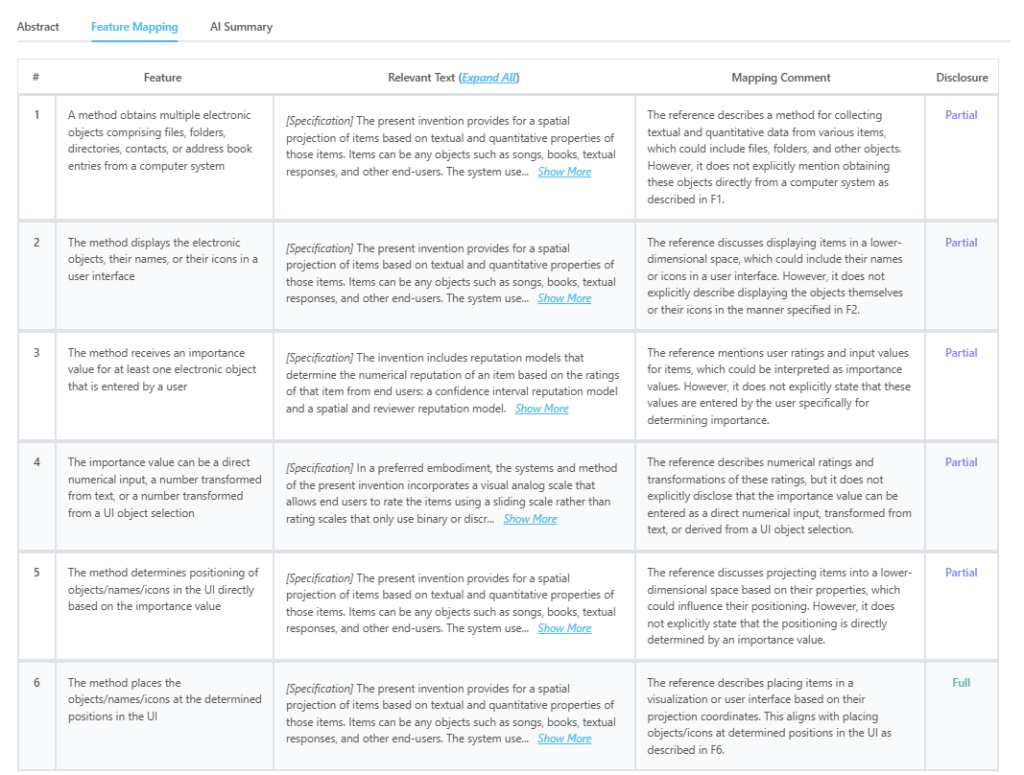
Source: GPS
Which features of US9430131B1 are disclosed by US20140108426A1?
| Key Feature of Claim 1 | Disclosure Status |
| The invention is a computer-implemented method for presenting information. | Fully Disclosed |
| The method obtains multiple electronic objects. | Fully Disclosed |
| The method displays the electronic objects, their names, or icons in a user interface. | Partially Disclosed |
| A user enters the importance value. | Fully Disclosed |
| The importance value can be a direct numerical entry, a number transformed from text, or a number transformed from a UI selection. | Fully Disclosed |
| A user enters the importance value. | Fully Disclosed |
| The method determines object positioning in the UI directly from the importance value. | Partially Disclosed |
| The method determines object positioning in the UI directly from the importance value | Fully Disclosed |
| The method places the objects in the determined positions. | Fully Disclosed |
Key Excerpt from US20140108426A1:
“In a preferred embodiment, the systems and method of the present invention incorporates a visual analog scale that allows end users to rate the items using a sliding scale… The system uses these quantitative inputs to determine where to project the items in a lower-dimensional space for display.”
Feature Comparison Table
| Key Feature of Claim 1 | WO2010022094A1 | US20120088561A1 | US20140025690A1 | US20190361757A1 | US20140108426A1 |
| Computer-implemented method for presenting information | Partially Disclosed | Fully Disclosed | Fully Disclosed | Partially Disclosed | Fully Disclosed |
| Obtains multiple electronic objects | Partially Disclosed | Fully Disclosed | Partially Disclosed | Partially Disclosed | Fully Disclosed |
| Objects are files, folders, directories, or contacts from address book | Not Disclosed | Not Disclosed | Not Disclosed | Not Disclosed | Partially Disclosed |
| Displays objects, names, or icons in a user interface | Partially Disclosed | Fully Disclosed | Partially Disclosed | Partially Disclosed | Fully Disclosed |
| Receives an importance value for at least one electronic object | Partially Disclosed | Partially Disclosed | Fully Disclosed | Partially Disclosed | Fully Disclosed |
| Importance value is entered by a user | Partially Disclosed | Fully Disclosed | Fully Disclosed | Not Disclosed | Fully Disclosed |
| Importance value: numerical entry, text, or UI selection | Not Disclosed | Not Disclosed | Partially Disclosed | Not Disclosed | Partially Disclosed |
| Determines object positioning in UI from importance value | Partially Disclosed | Not Disclosed | Partially Disclosed | Not Disclosed | Fully Disclosed |
| Places objects in determined positions | Partially Disclosed | Not Disclosed | Not Disclosed | Not Disclosed | Fully Disclosed |
How to Find Related Patents Using Global Patent Search
Finding related patents is essential when evaluating the strength or vulnerability of a patent like US9430131B1. The Global Patent Search tool offers a streamlined, data-driven approach to uncovering these connections:
Search by patent Number or description – Input a patent number (e.g., US9430131B1) or technical keywords to retrieve related patents instantly.
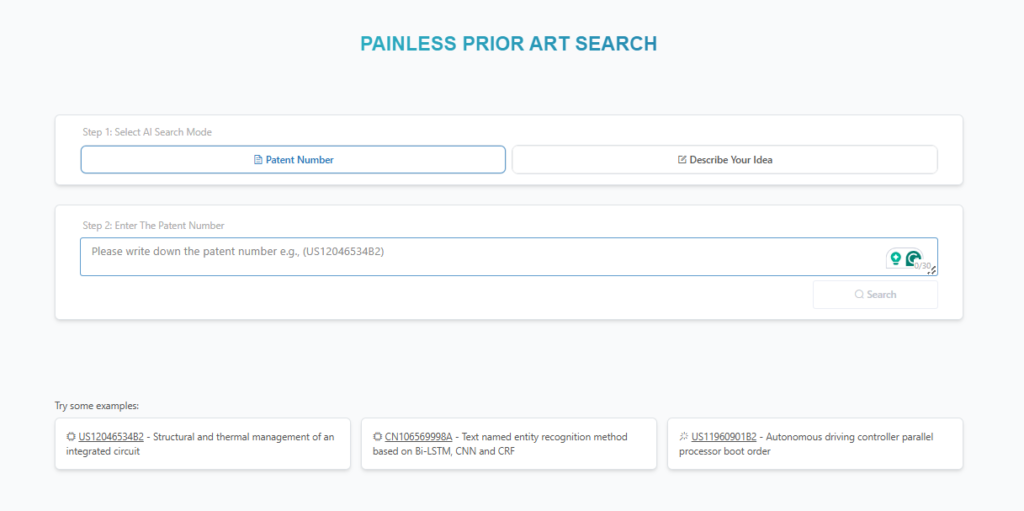
Source: GPS
Use feature mapping – Compare claim-level features side by side with existing patents to identify overlapping technologies.
Review disclosure matches – GPS clearly highlights which features are fully, partially, or not disclosed in each reference.
Refine legal strategy – Save time and strengthen your position with detailed reports that show how prior patents compare.
Whether preparing for litigation or assessing licensing potential, GPS makes complex patent analysis accessible and efficient.
Take the Guesswork Out of Related Patent Research
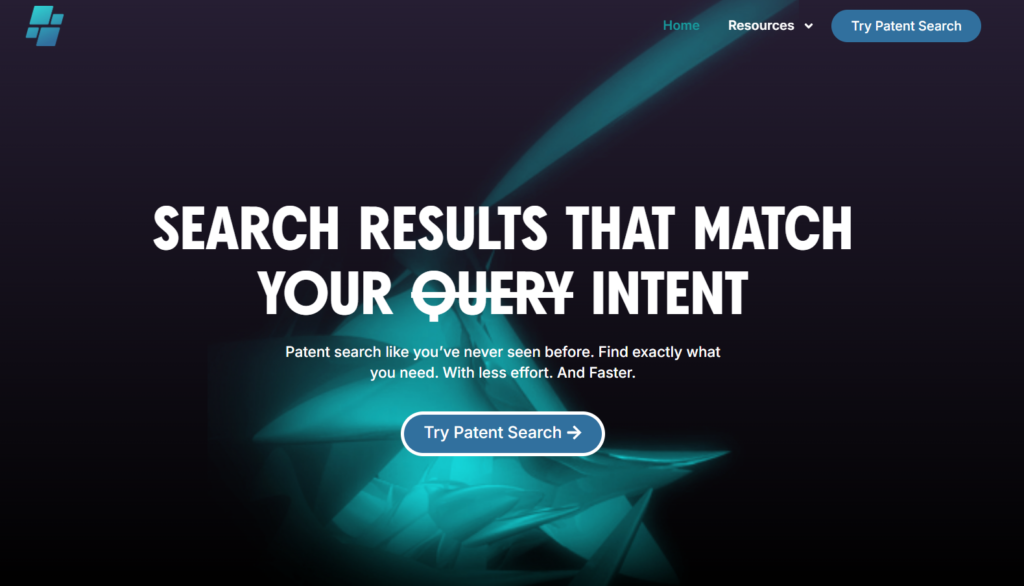
Patent litigation leaves no room for uncertainty, and neither should your research. The Global Patent Search tool gives you the edge with:
- Instant Access to Related Patents – Skip the noise and get straight to what matters.
- Precise Feature Mapping – Know exactly where overlaps occur and where they don’t.
- Actionable Legal Insights – Back every argument with structured, claim-by-claim data.
Don’t just search; Strategize. Use Global Patent Search to lead every argument with evidence.
Disclaimer: The information provided in this article is for informational purposes only and should not be considered legal advice. The related patent references mentioned are preliminary results from the Global Patent Search tool and do not guarantee legal significance. For a comprehensive related patent analysis, we recommend conducting a detailed search using GPS or consulting a patent attorney.


